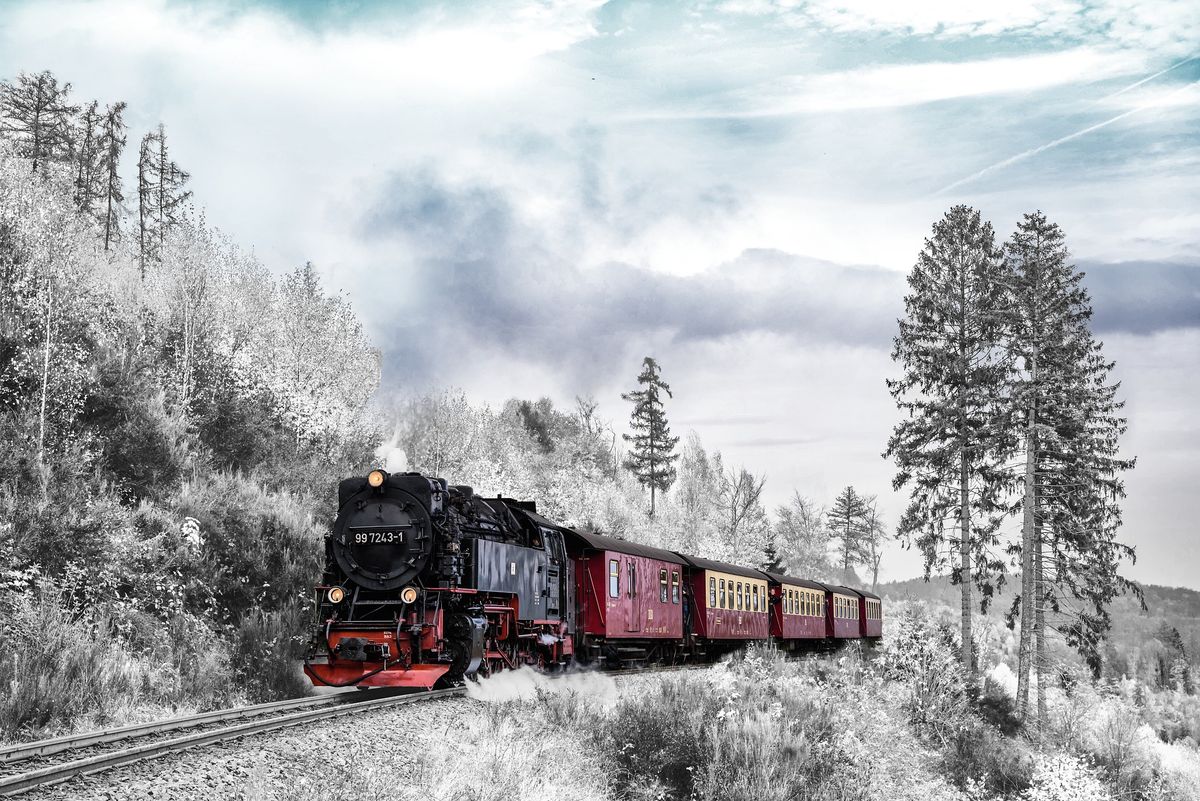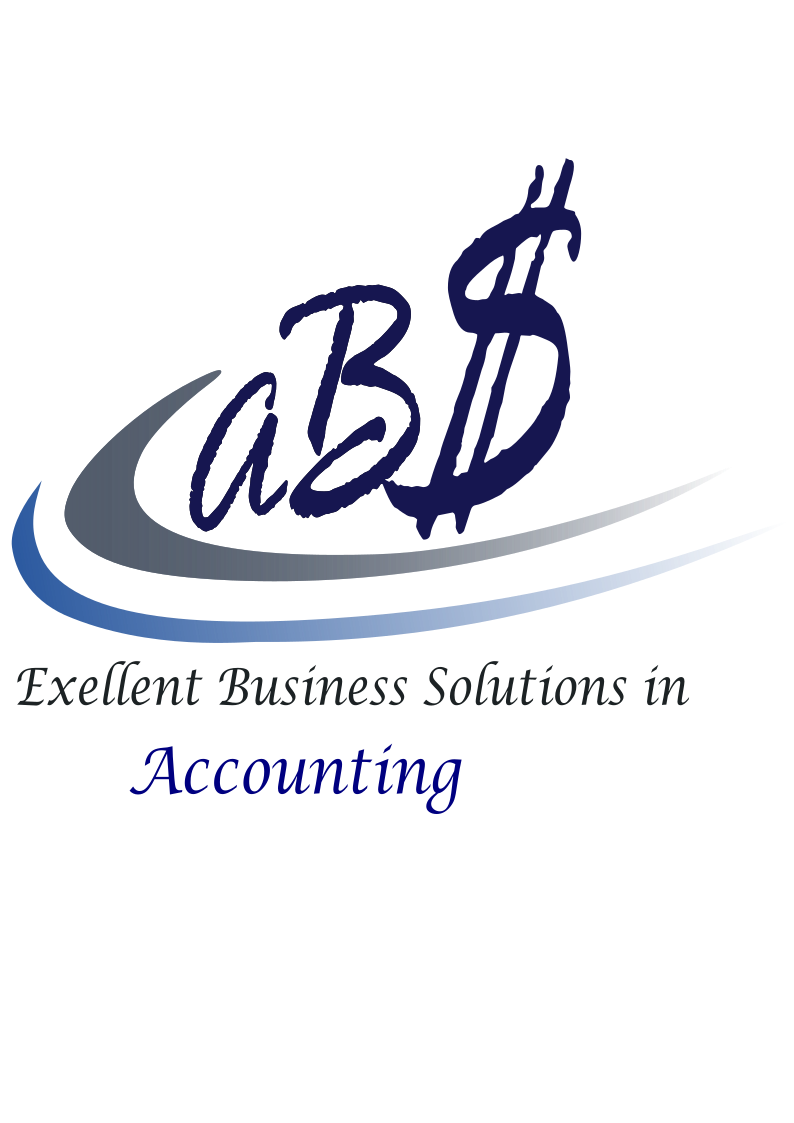Employment Expenses - transportation employees

Employees of a transport business
You can claim the cost of meals and lodging if you meet all of the following conditions:
- You work for an airline, railway, bus, or trucking company, or for any other employer whose main business is transporting goods, passengers, or both
- You travel in vehicles your employer uses to transport goods or passengers
- You regularly have to travel away from the municipality and the metropolitan area (if there is one) where your employer's relevant establishment (home terminal) is located
- You regularly incur meal and lodging expenses while away from the municipality and the metropolitan area (if there is one) where your employer's relevant establishment (home terminal) is located. This means that you must generally be away from home overnight to do your job
You must reduce your claim for meal and lodging expenses by any non-taxable allowance or reimbursement you received or are entitled to receive from your employer.
For information on meal allowances and subsidized meals, see Information Circular IC73-21R9, Claims for Meals and Lodging Expenses of Transport Employees.
Railway employees
You can also claim the cost of meals and lodging when you meet one of the following conditions:
- You work away from home for a railway company as a telegrapher or station agent in a relief capacity, or carry out maintenance and repair work for the railway company.
- You are a railway employee who works away from the municipality and the metropolitan area (if there is one) where your employer's relevant establishment (home terminal) is located. You also work at such a distant location that it is unreasonable for you to return daily to your home, where you support a spouse or common-law partner, or a dependant related to you.
Other transport employees
Even if you do not meet all of the conditions listed in Employees of a transport business, you may still be able to claim the cost of meals and lodging you incur in the year. For example, you may be an employee whose main duty of employment is transporting goods, but your employer's main business is not transporting goods or passengers.
If you meet the conditions listed under Travelling expenses, you will still qualify to use the simplified method of meal reporting described under Meals. For more information about both sets of conditions, see Information Circular IC73-21R9.
If your employer has paid or will pay you for any part of your meal and lodging expenses, subtract that amount from your claim.
How to claim your expenses
Complete parts 1 and 2 of Form TL2, Claim for Meals and Lodging Expenses, and have your employer complete Part 3 and sign it. Trips that qualify as an eligible trip for long-haul truck drivers should be reported in Part 2B, and all other trips should be reported in Part 2A. Claim your meal and lodging expenses on line 22900 of your income tax and benefit return. You do not have to send Form TL2 with your return, but keep it in case the CRA asks to see it later.
In the rest of this chapter, you will find information on how to calculate your meal and lodging expenses. For more information about meal and lodging expenses, see Information Circular IC73-21R9.
Meals
To calculate your meal expenses, you can use either the simplified or detailed method, or in certain situations, the batching method. These methods are explained in this section.
The most you can deduct for meal expenses is 50% of your claim (unless you are a long-haul truck driver claiming meals for an eligible trip, as explained below under Meal expenses of long-haul truck drivers). For example, if you use the simplified method, which is based on a daily meal rate of $23 (includes sales tax) per meal, the most you can deduct is $11.50 ($23 × 50%) for each meal.
Under either the simplified or detailed method, you can claim one meal after every four hours from the departure time, to a maximum of three meals per day. For the purposes of calculating the maximum number of meals allowed, a day is considered to be a 24-hour period that begins at the departure time.
The simplified method – This is the easiest way to calculate your meal expenses since you do not have to keep receipts for your meals, although you do have to keep a detailed list of the trips you take in a record or log book.
The simplified method is based on a meal rate of $23 (includes sales tax) for each meal. Multiply the actual number of meals you ate by $23 (to a maximum of 3 meals per day) and report that amount in the “Meals bought” column of Part 2 – Trip and expense summary on Form TL2, Claim for Meals and Lodging Expense.
Log book using the simplified method
| Date | Departure time | Destination | Date | Check in time | Hours away | Km driven | No. of meals |
|---|---|---|---|---|---|---|---|
| June 15 | 7:00 | Montréal | June 17 | 16:00 | 57 | 900 | 7 |
The detailed method - If you choose to use the detailed method to calculate your meal expenses, you have to keep a log or record book itemizing each expense. You also have to keep receipts to support the amount you deduct. Report the actual amount you spent on meals on Form TL2 in the "Meals bought" column of Part 2 – Trip and expense summary.
Log book using the detailed method
| Date | Time in or Time out | Location | Restaurant | Type | Cost |
|---|---|---|---|---|---|
| June 15 | 9:30 | Oshawa | |||
| June 15 | Belleville | Paradise Restaurant | Lunch | $9.20 | |
| June 15 | Montréal | Dunn's Restaurant | Dinner | $22.99 | |
| June 15 | Montréal | Quebec Motel | Lodging | $64.50 | |
| June 16 | Montréal | Dunn's Restaurant | Breakfast | $5.75 | |
| June 16 | Belleville | Paradise Restaurant | Lunch | $17.45 | |
| June 16 | 16:00 | Oshawa |
The batching method – When you are part of a work crew, such as on a train, your employer may provide you with cooking facilities. If you buy groceries and cook meals either by yourself or as a group, each person can claim up to $46 for each day. As long as you do not claim more than this amount, you do not have to keep receipts. Report this amount on Form TL2 in the "Meals bought" column of Part 2 – Trip and expense summary.
Meal expenses of long-haul truck drivers
Meal and beverage expenses for long-haul truck drivers are deductible at a rate higher than the 50% permitted for other transportation employees. During eligible travel periods in 2022, meal and beverage expenses incurred are deductible at 80%.
You are a long-haul truck driver if you are an employee whose main duty of employment is transporting goods by way of driving a long-haul truck, whether or not your employer's main business is transporting goods, passengers, or both.
A long-haul truck is a truck or tractor that is designed for hauling freight and has a gross vehicle weight rating of more than 11,788 kg.
An eligible travel period is a period during which you are away from your municipality or metropolitan area (if there is one) for at least 24 hours for the purpose of driving a long-haul truck that transports goods at least 160 kilometres from the employer's establishment to which you regularly report to work.
Lodging and showers
You can deduct your lodging expenses. The costs of showers are also considered to be deductible as part of lodging expenses for transportation employees who may have slept in the cab of their trucks rather than at hotels. You need to keep your receipts to support the amount you deduct.
Trips to the United States
You can claim the meal and lodging expenses you incur while performing your duties as a transport employee in the United States (U.S.). If you are using the simplified method of reporting meal expenses, you are entitled to US$23 per meal while in the U.S. The most you can deduct for meal expenses is 50% of your claim, just as it is for trips within Canada (unless you are a long-haul truck driver, as described in Meal expenses of long-haul truck drivers).
Calculate the total U.S. dollar amount of both the meal and lodging expenses incurred in the U.S. and convert these two totals to Canadian dollars by multiplying them by the Bank of Canada annual average U.S. exchange rate. You can get the exchange rate by going to the Bank of Canada annual average exchange rates or by calling the CRA at 1-800-959-8281. Provide a summary of your trips to the U.S. in Part 2 – Trip and expense summary of Form TL2. Attach a more detailed list of these trips to the form.
Disclaimer:
“Please note that the information provided in this article is of a general nature and may not be accurate for your specific situation. The information is current as of the date of posting and is not intended to provide legal advice. It's always recommended that you consult with a professional accountant and lawyer for personalized guidance and advice."
